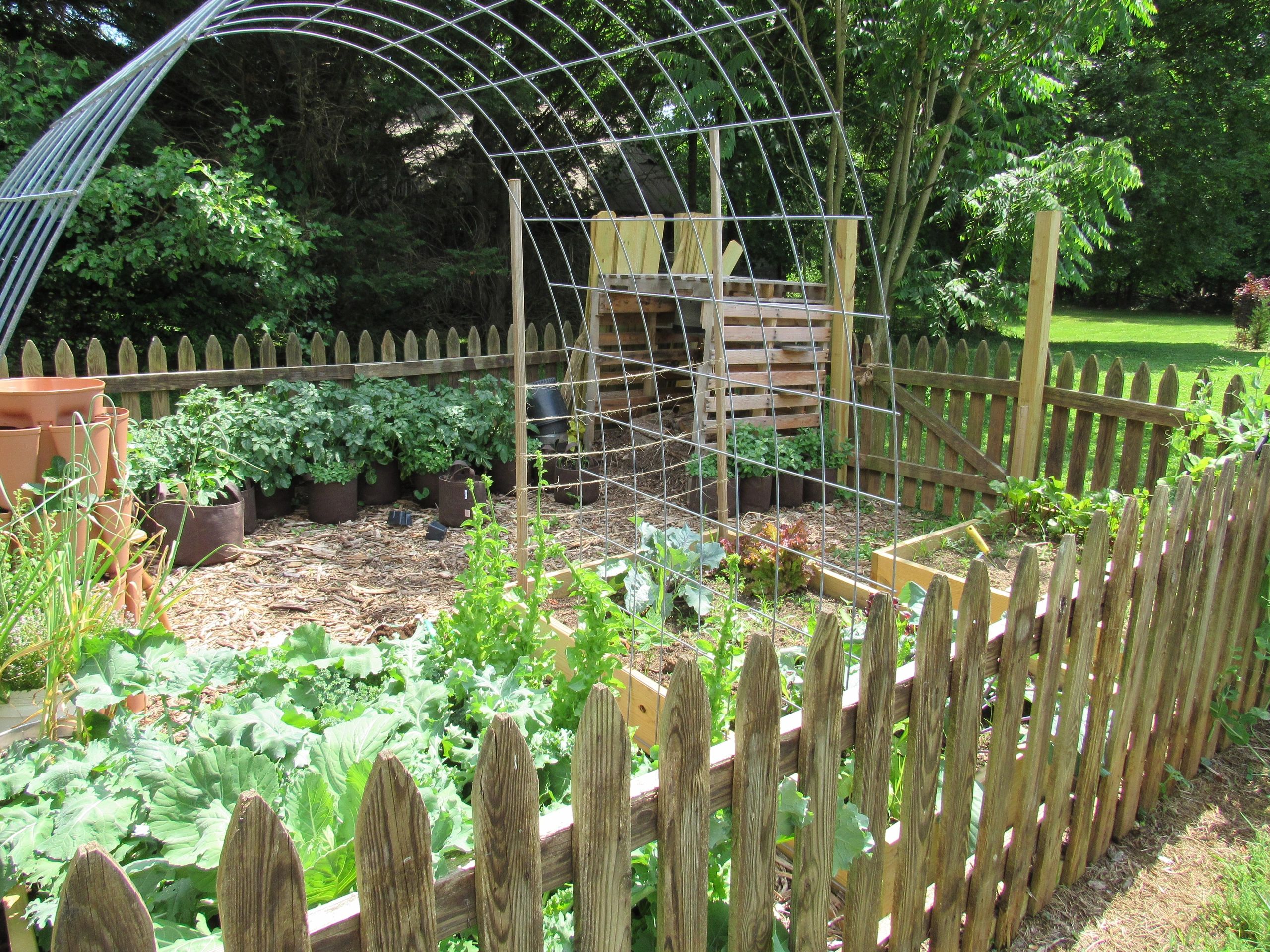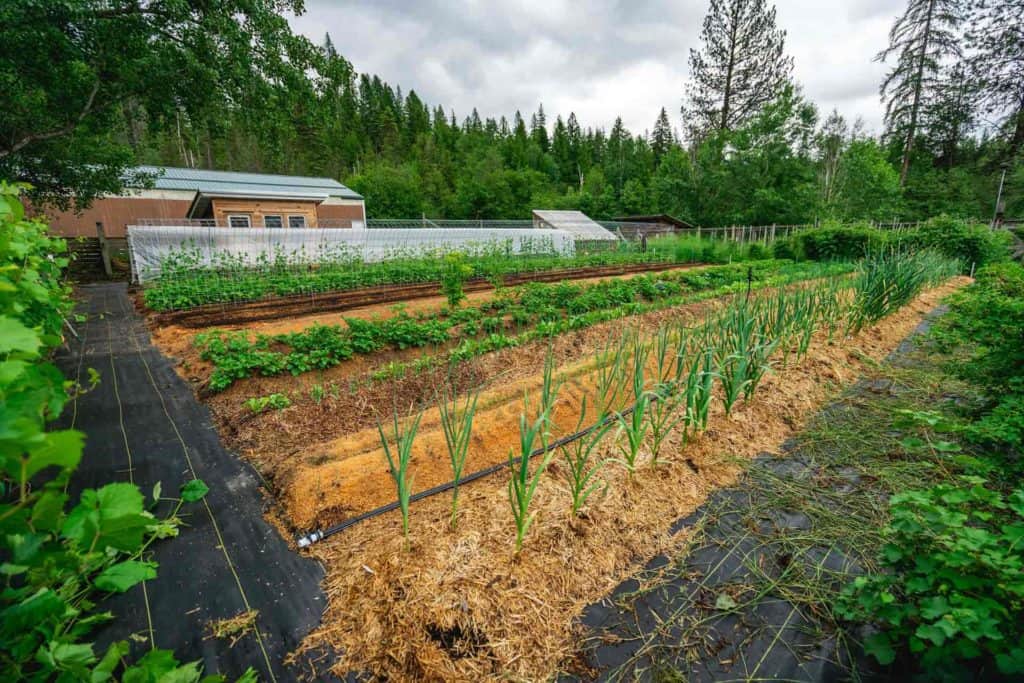Enhance Your Outdoor Area With Creative Gardening Styles and Layouts
By exploring different styles, such as the enchanting informality of cottage gardens or the minimalism of contemporary visual appeals, one can substantially elevate the ambiance of their surroundings. Furthermore, integrating upright horticulture strategies and lasting techniques not just enhances visual appeal yet also promotes environmental consciousness.

Cottage Yard Beauty
Cottage gardens, typically defined by their lush, casual designs, accept an unified mix of flowers, natural herbs, and veggies, developing a dynamic tapestry of shade and scent. This conventional gardening design go back to the late 19th century, coming from in England, and is prized for its enchanting, charming appeal.
Crucial element of cottage yards include using perennial plants, climbing up vines, and self-seeding annuals, which add to an ever-evolving landscape. Growing in dense collections encourages a naturalistic appearance, enabling for an eclectic mix of appearances and colors. Popular blossoms such as delphiniums, hollyhocks, and foxgloves intermingle with aromatic natural herbs like lavender and rosemary, boosting sensory experiences while promoting biodiversity.
Integrating rustic attributes, such as weathered trellises, wooden fencings, or stone paths, further improves the visual of a cottage yard. This design not only prioritizes elegance but likewise welcomes sustainability, as many plants are chosen for their ability to draw in pollinators and give food. Ultimately, the cottage yard beauty depends on its unwinded, welcoming environment, encouraging a deep link with nature while supplying an ideal retreat for leisure and satisfaction.
Modern Landscape Looks
While the beauty of home gardens stimulates a feeling of fond memories and whimsy, contemporary landscape visual appeals accept a more streamlined and minimalist strategy. This modern design highlights simplicity, functionality, and an assimilation with the surrounding atmosphere. Tidy lines, geometric forms, and a minimal shade scheme define contemporary landscape design, permitting nature's appeal to take spotlight without unnecessary diversions.
Products play a vital function in accomplishing this visual. Concrete, metal, and natural rock are regularly utilized to produce hardscapes that complement the landscape instead of bewilder it. In addition, the careful option of plants is fundamental; indigenous species and ornamental grasses are typically favored for their reduced maintenance and capacity to grow in neighborhood conditions.
Water features, such as smooth ponds or showing pools, are likewise essential to modern designs, providing tranquility and a centerpiece. Lasting methods, including xeriscaping and making use of permeable products, improve the ecological duty of modern landscape design. Ultimately, contemporary landscape aesthetic appeals provide a possibility to create tranquil outside spaces that show modern worths while cultivating a deeper link to nature.
Upright Gardening Advancements
Vertical horticulture innovations have reinvented the way we come close to gardening in limited areas, making it possible for the growing of plants in urban environments where ground area is limited. These cutting-edge methods and frameworks allow gardeners to make the most of upright surfaces, transforming walls, fences, and even porches into lush eco-friendly areas.
One famous development is the usage of modular systems, which are composed of interlacing panels that can be conveniently installed and repositioned - Homestead Gardening. These panels frequently come outfitted with built-in irrigation systems, making certain that plants obtain ample dampness while minimizing water waste. Furthermore, upright yards can integrate a range of plants, from blooming species to edible natural herbs, advertising biodiversity and boosting aesthetics
One more noteworthy advancement is the integration of clever technology, such as sensors that monitor dirt wetness and nutrient levels. This technology permits precise care customized to the needs of private plants, guaranteeing optimum development and health and wellness. Light-weight materials and upright planters made from recycled items contribute to sustainability while reducing the physical concern of traditional horticulture.
Sustainable Horticulture Practices
Lasting gardening practices have become an important strategy for gardeners seeking to reduce their ecological impact while boosting the wellness of their ecosystems. These practices concentrate on the careful administration of natural deposits, promoting biodiversity, and promoting a resilient landscape.
One crucial element of lasting horticulture is soil health. Utilizing organic compost, mulching, and plant rotation enhances the soil, promoting useful microbes and decreasing the requirement for chemical fertilizers. Additionally, indigenous plants are encouraged, as they need less water and are much more resistant to local insects, therefore decreasing reliance on chemicals.

Moreover, lasting horticulture encourages using recycled products for yard structures and pathways, minimizing waste and ecological influence. By embracing these techniques, gardeners can create a successful outdoor room that integrates with nature, ensuring both personal pleasure and ecological duty.
Themed Garden Inspirations
Developing a themed yard can change a common exterior room right into a captivating sanctuary that shows individual style and passions. Themed yards offer a special chance to share creative thinking while improving the visual allure of one's landscape. Popular motifs consist of Japanese Zen yards, which stress harmony via meticulously prepared rocks, water attributes, and minimal growings.
One check my blog more inspiring style is the cottage yard, identified by a casual design loaded with an abundance of aromatic herbs and colorful blossoms. This design promotes biodiversity and draws in pollinators, making it both beautiful and ecologically helpful.
For those with a penchant for adventure, an exotic yard can evoke a vacation feeling, including strong foliage, dynamic blossoms, and probably also a small water feature to mimic a hotel ambience.
Conversely, a themed yard can draw inspiration from literary works or background, such as a Shakespearean yard that integrates plants pointed out in the Bard's jobs.
Selecting a style not only supplies direction in plant option and design but also develops a natural environment that welcomes expedition and enjoyment, making exterior areas genuinely unique.
Conclusion

Including rustic features, such as weathered trellises, wooden fencings, or rock pathways, better boosts the aesthetic of a cottage garden. Furthermore, vertical yards can include other a selection of plants, from flowering species to edible herbs, promoting biodiversity and boosting looks.
Developing a themed garden can transform a normal exterior room into a fascinating shelter that mirrors individual design and rate of interests. Themed yards offer a distinct chance to reveal creativity while enhancing the aesthetic allure of one's landscape. The beauty of home yards, the sleekness of contemporary landscapes, ingenious vertical horticulture techniques, sustainable techniques, and themed yards each add special aspects that cultivate both beauty and functionality.
Comments on “Eco-Friendly Methods in Homestead Gardening”